
andrei, he/him, 21, made this at 14 when i was a space nerd but i never fully grew out of that phase so,,,,..,hubble telescope + alien life + exoplanet + sci fi nerd
245 posts
Latest Posts by starlost - Page 5

Nebula Images: http://nebulaimages.com/ Astronomy articles: http://astronomyisawesome.com/
#astronomy #apod #space #nasa
retweet if youre a hoe for space
The Newest & Clearest photo of Pluto.

[clenches fist] i just really love space


See intricate cloud patterns in the northern hemisphere of Jupiter in this new view taken by NASA’s Juno spacecraft.
The color-enhanced image was taken on April 1 at 2:32 a.m. PST (5:32 a.m. EST), as Juno performed its twelfth close flyby of Jupiter. At the time the image was taken, the spacecraft was about 7,659 miles (12,326 kilometers) from the tops of the clouds of the planet at a northern latitude of 50.2 degrees.
Image credits: NASA/JPL-Caltech/SwRI/MSSS/Kevin M. Gill
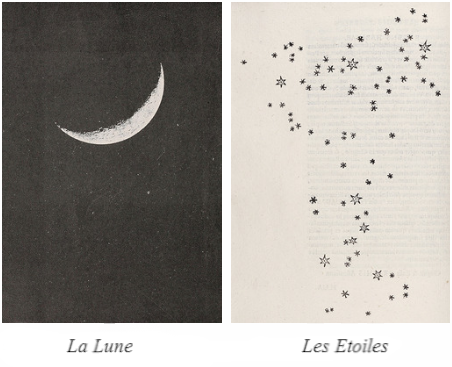
if you don’t think pluto is a planet unfollow me right now
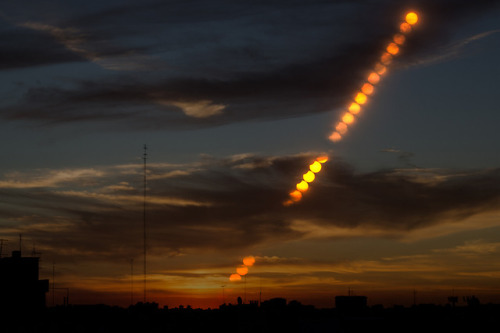

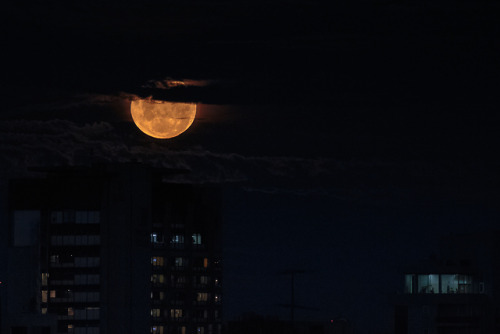
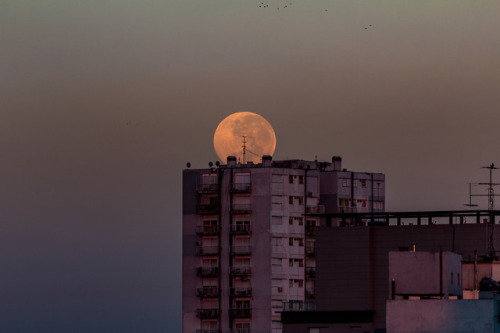
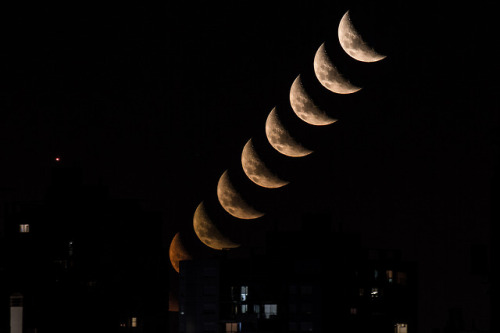
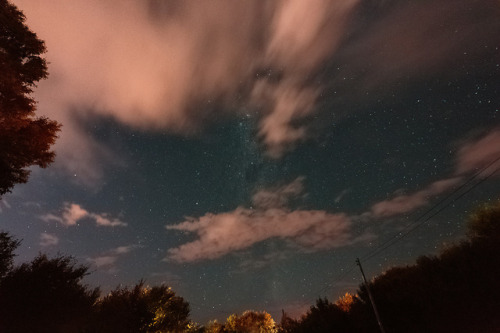
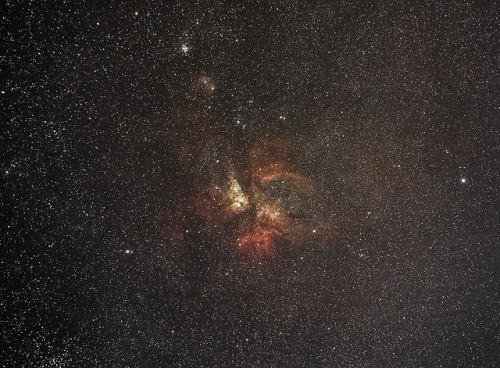
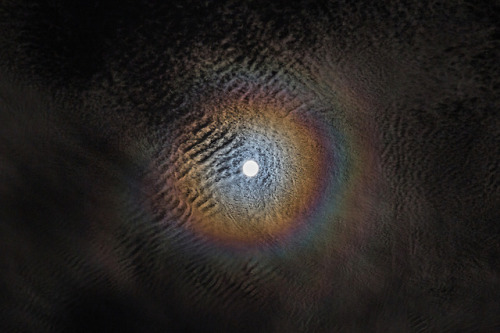
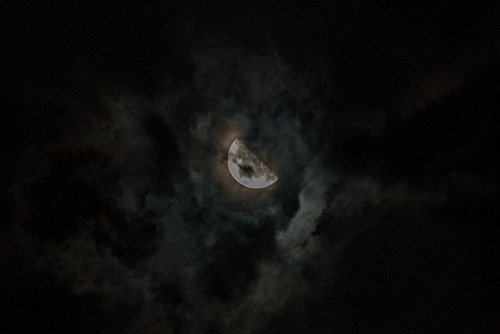
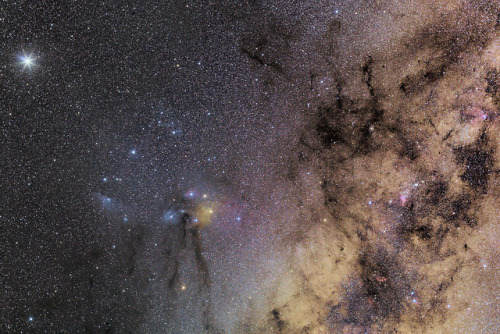
Star Party - Danr19f
space documentary: In about 5 billion years, our sun will enter its red giant phase, destroying Mercury, Venus, and possibly Earth as well.
me, knowing full well that there’s no way I will be alive by then:

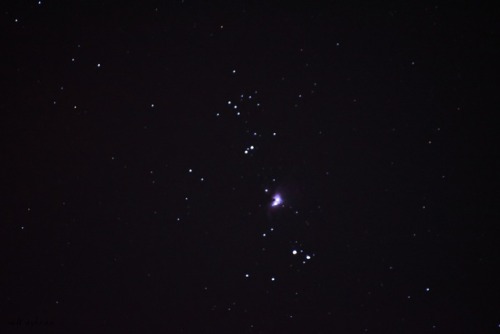
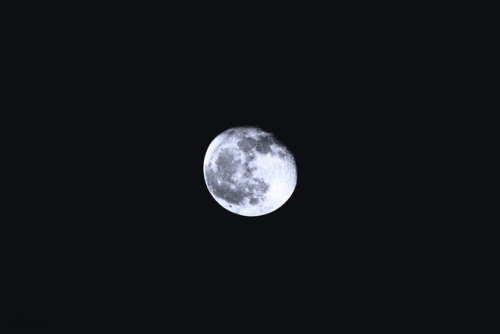
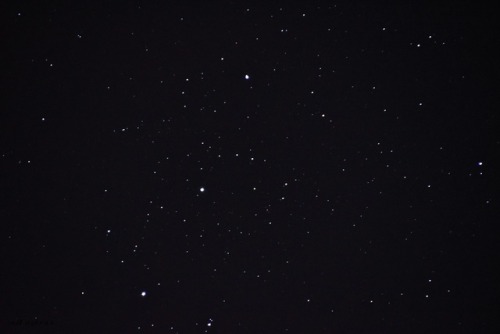
Highlights by Abi Ashra (Tumblr)
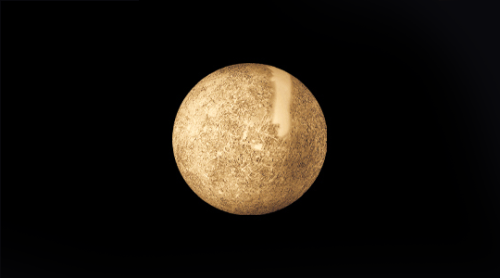
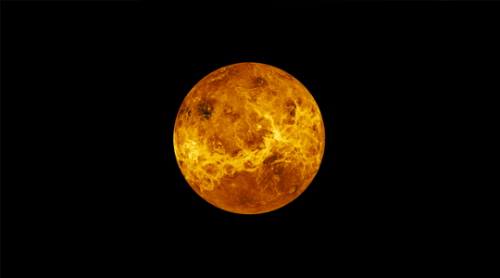
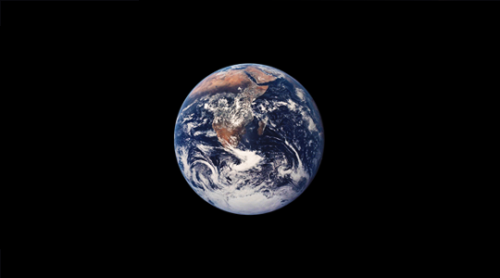
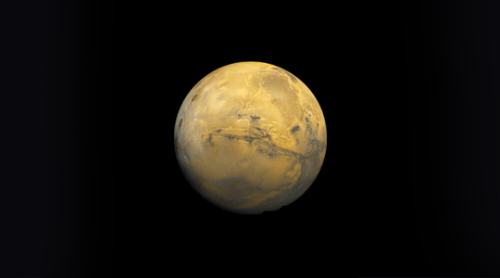
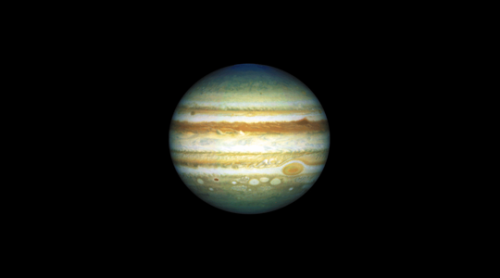
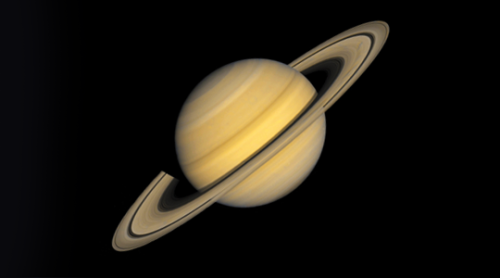
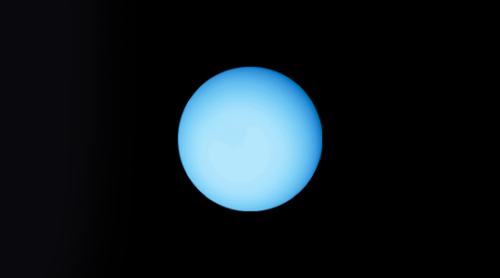
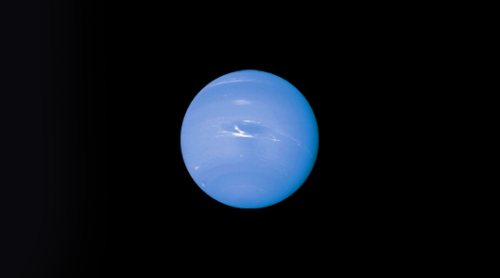

Jovian ‘Twilight Zone’
This image captures the swirling cloud formations around the south pole of Jupiter, looking up toward the equatorial region. NASA’s Juno spacecraft took the color-enhanced image during its eleventh close flyby of the gas giant planet on Feb. 7 at 7:11 a.m. PST (10:11 a.m. EST). At the time, the spacecraft was 74,896 miles (120,533 kilometers) from the tops of Jupiter’s clouds at 84.9 degrees south latitude. To make features more visible in Jupiter’s terminator — the region where day meets night — the Juno team adjusted JunoCam so that it would perform like a portrait photographer taking multiple photos at different exposures, hoping to capture one image with the intended light balance. For JunoCam to collect enough light to reveal features in Jupiter’s dark twilight zone, the much brighter illuminated day-side of Jupiter becomes overexposed with the higher exposure. Credit: NASA/JPL-Caltech/SwRI/MSSS/Gerald Eichstädt
Ten Interesting facts about Mercury
Mercury is the closest planet to the sun. As such, it circles the sun faster than all the other planets, which is why Romans named it after their swift-footed messenger god. He is the god of financial gain, commerce, eloquence, messages, communication (including divination), travelers, boundaries, luck, trickery and thieves; he also serves as the guide of souls to the underworld

Like Venus, Mercury orbits the Sun within Earth’s orbit as an inferior planet, and never exceeds 28° away from the Sun. When viewed from Earth, this proximity to the Sun means the planet can only be seen near the western or eastern horizon during the early evening or early morning. At this time it may appear as a bright star-like object, but is often far more difficult to observe than Venus. The planet telescopically displays the complete range of phases, similar to Venus and the Moon, as it moves in its inner orbit relative to Earth, which reoccurs over the so-called synodic period approximately every 116 days.

Mercury’s axis has the smallest tilt of any of the Solar System’s planets (about 1⁄30 degree). Its orbital eccentricity is the largest of all known planets in the Solar System; at perihelion, Mercury’s distance from the Sun is only about two-thirds (or 66%) of its distance at aphelion.

Its orbital period around the Sun of 87.97 days is the shortest of all the planets in the Solar System. A sidereal day (the period of rotation) lasts about 58.7 Earth days.

Mercury’s surface appears heavily cratered and is similar in appearance to the Moon’s, indicating that it has been geologically inactive for billions of years. Having almost no atmosphere to retain heat, it has surface temperatures that vary diurnally more than on any other planet in the Solar System, ranging from 100 K (−173 °C; −280 °F) at night to 700 K (427 °C; 800 °F) during the day across the equatorial regions. The polar regions are constantly below 180 K (−93 °C; −136 °F). The planet has no known natural satellites.

Unlike many other planets which “self-heal” through natural geological processes, the surface of Mercury is covered in craters. These are caused by numerous encounters with asteroids and comets. Most Mercurian craters are named after famous writers and artists. Any crater larger than 250 kilometres in diameter is referred to as a Basin.

The largest known crater is Caloris Basin, with a diameter of 1,550 km. The impact that created the Caloris Basin was so powerful that it caused lava eruptions and left a concentric ring over 2 km tall surrounding the impact crater.
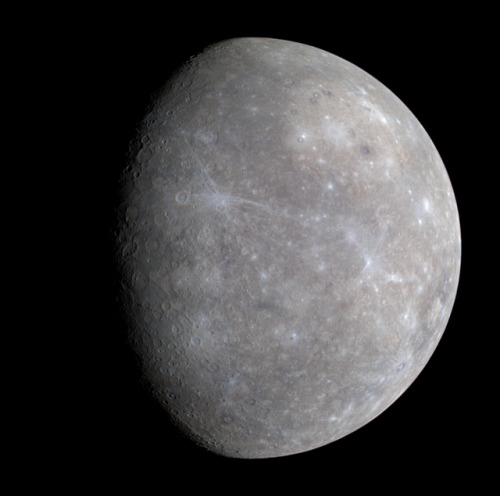
Two spacecraft have visited Mercury: Mariner 10 flew by in 1974 and 1975; and MESSENGER, launched in 2004, orbited Mercury over 4,000 times in four years before exhausting its fuel and crashing into the planet’s surface on April 30, 2015.

It is the smallest planet in the Solar System, with an equatorial radius of 2,439.7 kilometres (1,516.0 mi). Mercury is also smaller—albeit more massive—than the largestnatural satellites in the Solar System, Ganymede and Titan.

As if Mercury isn’t small enough, it not only shrank in its past but is continuing to shrink today. The tiny planet is made up of a single continental plate over a cooling iron core. As the core cools, it solidifies, reducing the planet’s volume and causing it to shrink. The process crumpled the surface, creating lobe-shaped scarps or cliffs, some hundreds of miles long and soaring up to a mile high, as well as Mercury’s “Great Valley,” which at about 620 miles long, 250 miles wide and 2 miles deep (1,000 by 400 by 3.2 km) is larger than Arizona’s famous Grand Canyon and deeper than the Great Rift Valley in East Africa.

The first telescopic observations of Mercury were made by Galileo in the early 17th century. Although he observed phases when he looked at Venus, his telescope was not powerful enough to see the phases of Mercury.
source 1
source 2
source 3
images: Joseph Brimacombe, NASA/JPL, Wikimedia Commons

It is so cool to see such photos by beginners made with iPhone and eyepiece: “I know this may not be as good as many other photos but I tried my best with my beginners luck. Equipment : -Skywatcher 8 inch dob (manual) -iphone 7 (held manually) -10 mm eyepiece (super Plossl) Processing : Just photoshopped by -increasing contrast - fixing exposure - balancing whites and blacks Conditions: -very crappy skies (not good transparency) -light pollution: bortle 8-9 (inner city) - Jupiter not at opposition http://ift.tt/2FhOOrZ








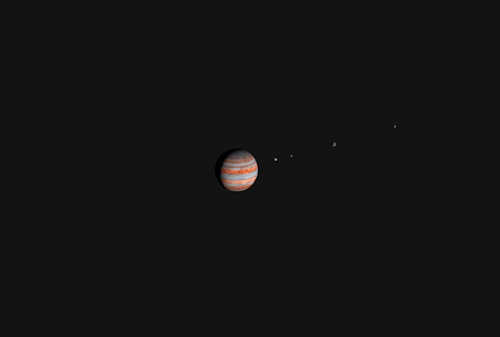
Jupiter and its moons
Image credit: Nevan
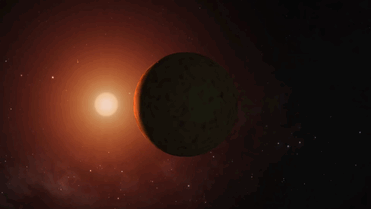
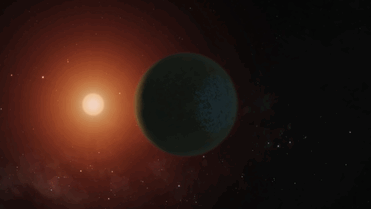
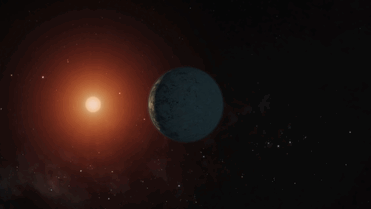
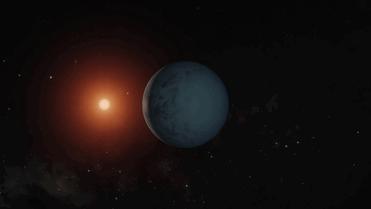


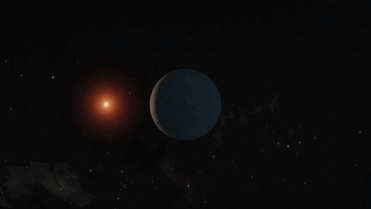
TRAPPIST-1 Planets - Flyaround Animation
Credit: NASA/Spitzer

Charon and Pluto
by: Nevan




Time for a bonus comic!
Look out for “Temperature of Mars” on Saturday and “Seasons on Mars” on Sunday!
http://www.space.com/20413-phobos-deimos-mars-moons.html
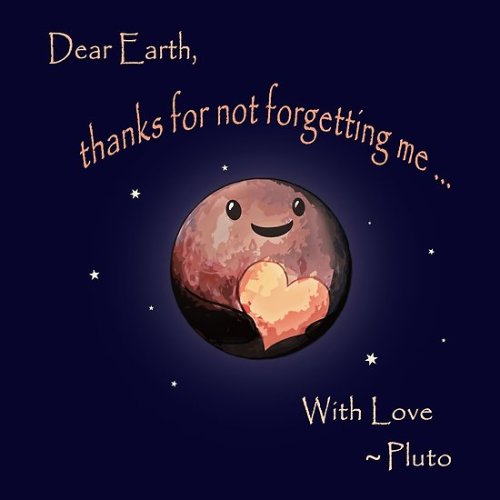
Happy Valentines day: source

Happy Valentines day

Juno’s shot of Jupiter. Every pixel on the picture is 9,4 square kilometer.
via reddit


The essence of astronomy. 1914. Book cover.
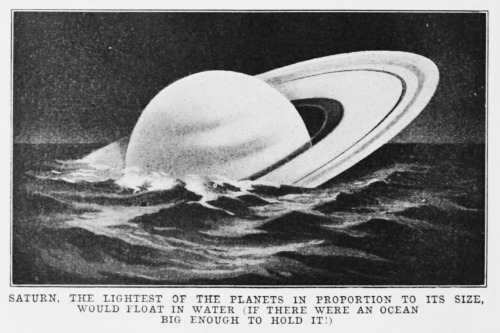

Venus, the sun, and an airplane.




Opportunity turned 14 this week!! How would you feel after 14 years on Mars?
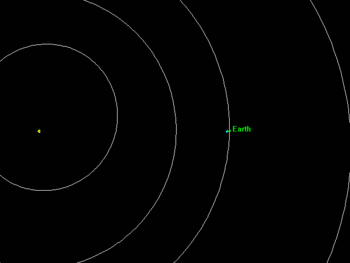
Orbital path of asteroid near miss in 2002. Yah, that’s how close we came to nuclear winter and possible total destruction.
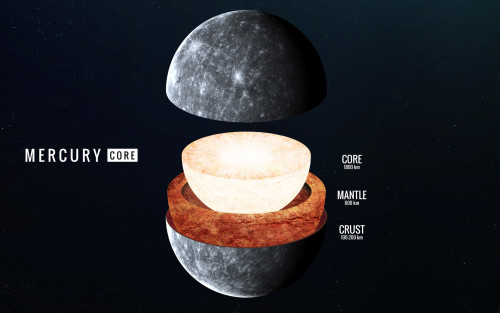
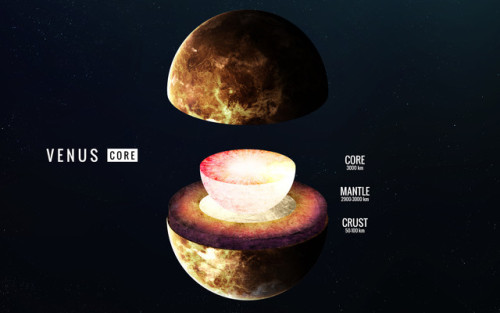

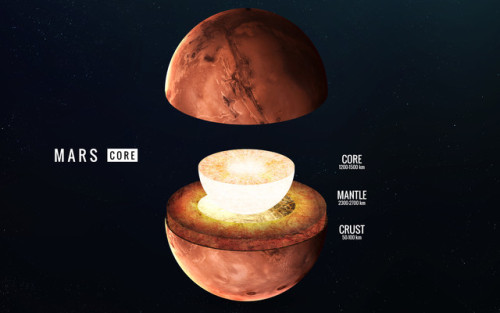
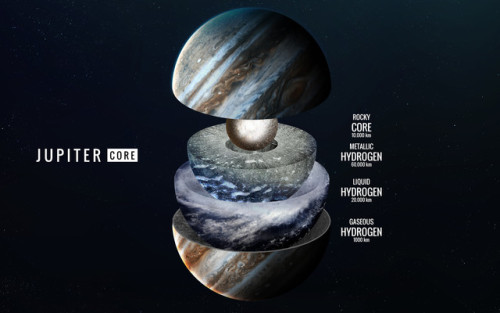
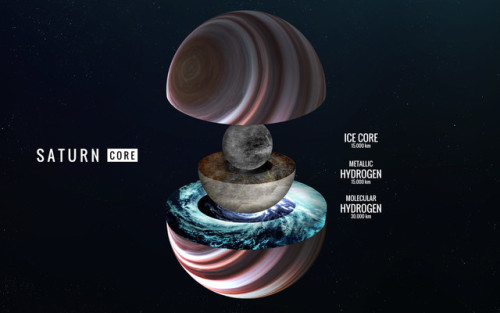
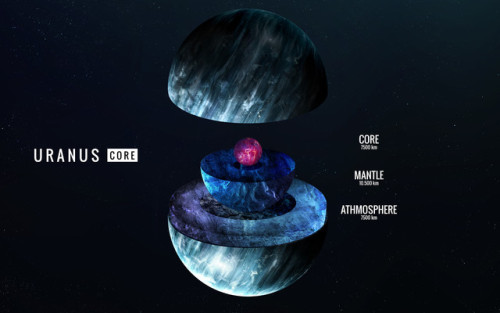
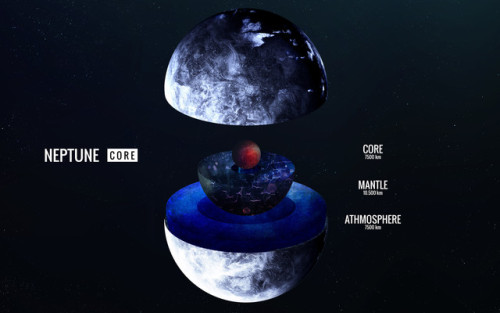
Inside - Vadim Sadovski
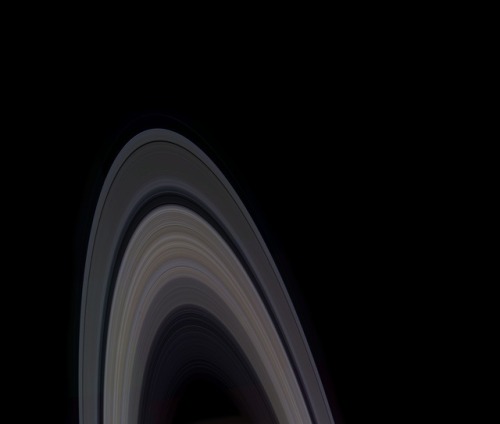
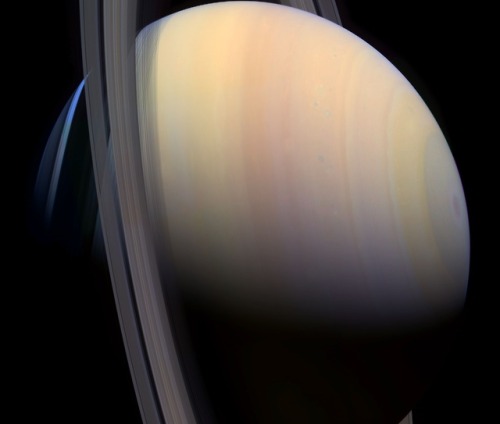
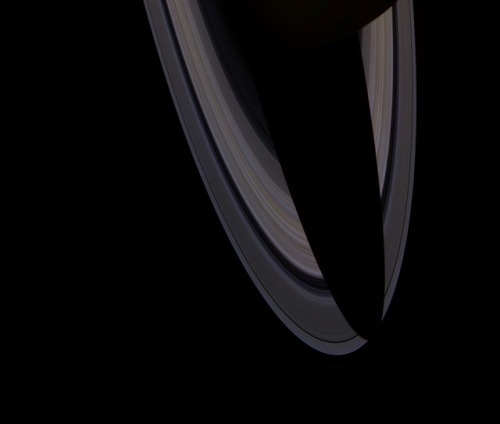
A very high resolution view of big beautiful Saturn
Composition Credit: Mattias Malmer, Image Data: Cassini Imaging Team (NASA)